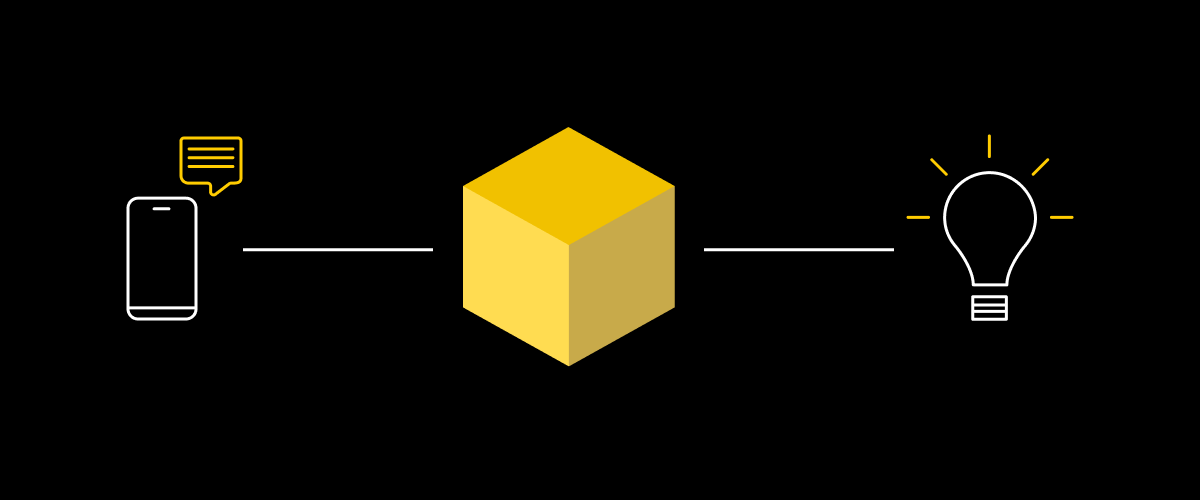I’ve been thinking a lot about empathy lately. For anyone working in the customer service industry, having empathy is foundational. You simply cannot succeed in a customer-facing role without it. Empathy is especially important right now, as we all experience uncertainty and anxiety stemming from the COVID-19 pandemic.
As humans, we need empathy from our loved ones to get through these challenging times. As consumers, we also need empathy from the brands and companies we rely on.
To have empathy — as humans or as customer service organizations — we must first understand. In fact, the literal definition of empathy usually begins with understanding. As Oxford defines it, empathy is “the ability to understand and share the feelings of another.”
AI itself isn’t empathetic, but AI can understand
“Empathy and AI” is a popular topic among many in our field. It’s an aspirational subject for those building bots and virtual agents. But too often, we experts twist the definition of empathy. Real empathy requires having an emotional connection, or as the Oxford definition says, “share the feelings of another.”
AI is pure logic. There are no feelings nor any emotional connection that comes from code. At least in its current-day form. However, in customer service, AI can help us efficiently identify customer problems. AI can accelerate the process of solving those problems, saving the customer time and sparing angst that comes from wasted time. AI can even be trained to respond in different ways to words and phrases us humans use when we’re typically upset.
AI can understand, and accurate understanding is a pivotal characteristic of successful AI-human automation. AI can instantly understand problems based on how a question is asked, taking into account historical and customer data, and act on it — whether that means a virtual agent provides an answer to a common question or quickly hands off a more delicate/complex matter (which may require true empathy and patience) to a human agent.
So, while AI itself isn’t empathetic, AI is absolutely essential today in enabling empathetic customer service. Especially in times of crisis. It helps us quickly understand problems — efficiently and at scale — so that customer service teams can empathetically scale support and be able to quickly adapt to unexpected surges and crises like COVID-19.
Explaining our ‘Understand’ process
At the heart of our platform is a deep understanding of ever-changing customer needs. This understanding allows customer support leaders, through our platform, to choose the right mix of automation and human support to achieve their business objectives.
In our next post, we’ll cover how we understand in great detail — from what this looks like for companies to how it results in different customer experiences. In short, this process includes thoroughly analyzing a company’s historical data, and then making decisions about how to automate and rout different support inquiries. We do this in two steps:
Ingest: We upload your historical support conversations — including chat transcripts and IVR conversations — typically in the form of a simple .CSV file.
Understand: Then we use machine learning technology to analyze every customer conversation and cluster related messages. In a matter of seconds, you can see the frequency of different utterances and intents in a graphical form. Next, we begin to build and train a custom algorithm which will eventually become the engine that drives how customer inquiries are routed — to virtual agents, company (human) agents, and to vetted brand advocates.
Understand your customer ecosystem. Get a free Directly AI Analysis
COVID-19 has forced many in our industry to re-think how we provide customer support. Companies such as Microsoft, Samsung, Airbnb, and Autodesk are using Directly’s AI platform to deploy automation and enable a distributed workforce to augment internal customer support. To do that, leading companies must first understand how the current crisis is shifting customer needs.
Directly offers a complimentary AI analysis – we’ll analyze your entire ecosystem of customer support messages, instantly aggregate top customer intents, and provide recommendations for how to deploy automation and route to human support. Contact us for a free analysis today.
